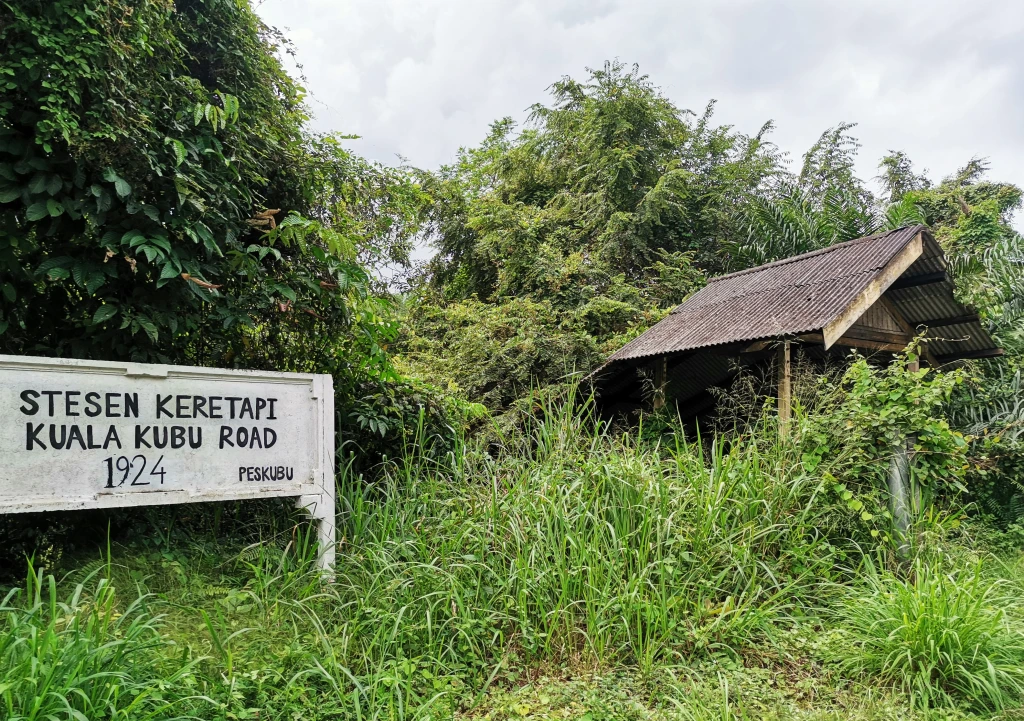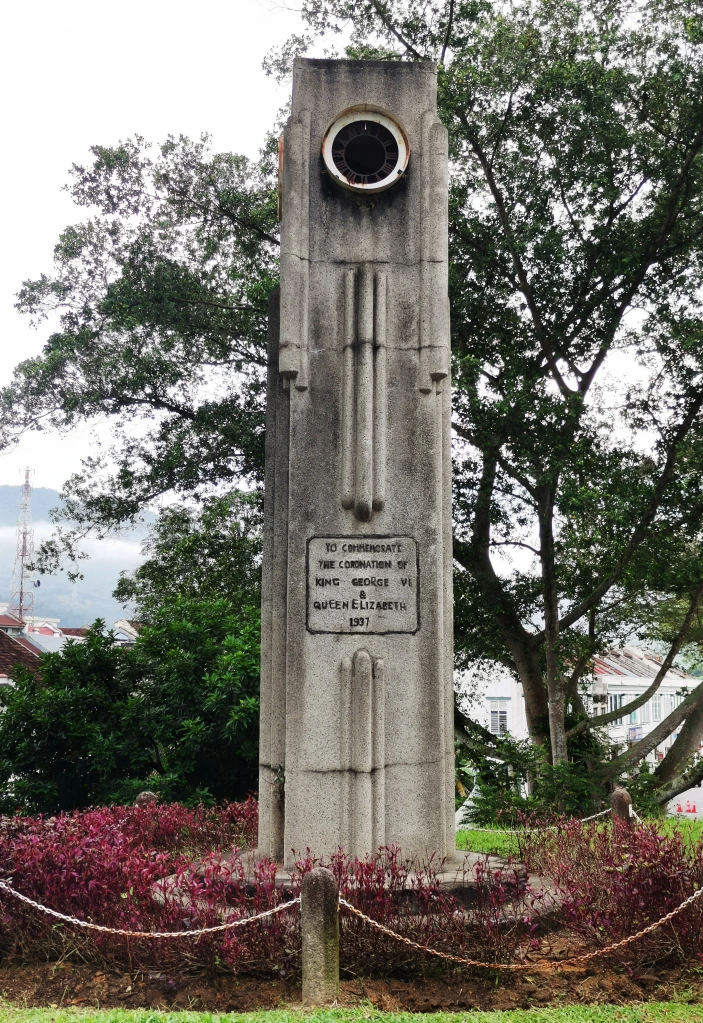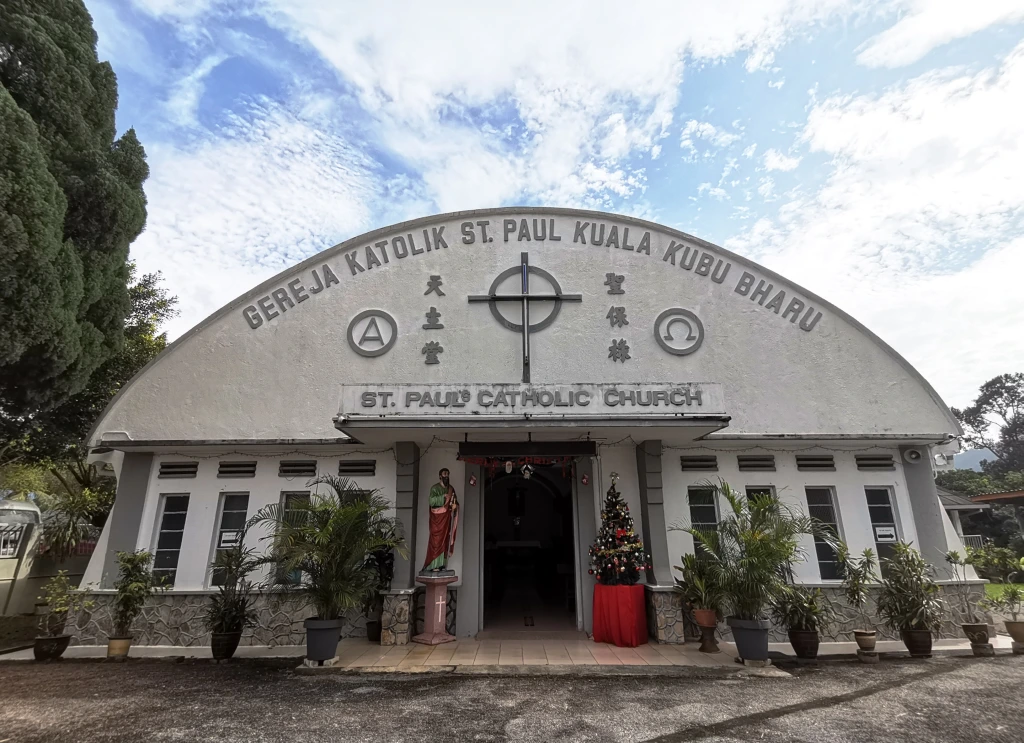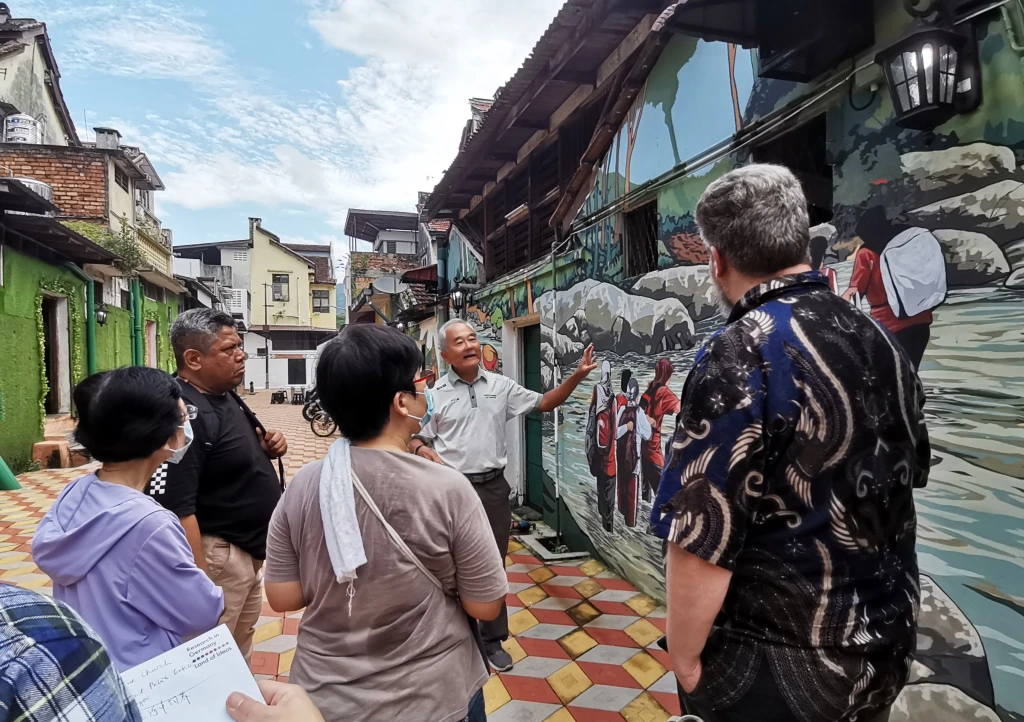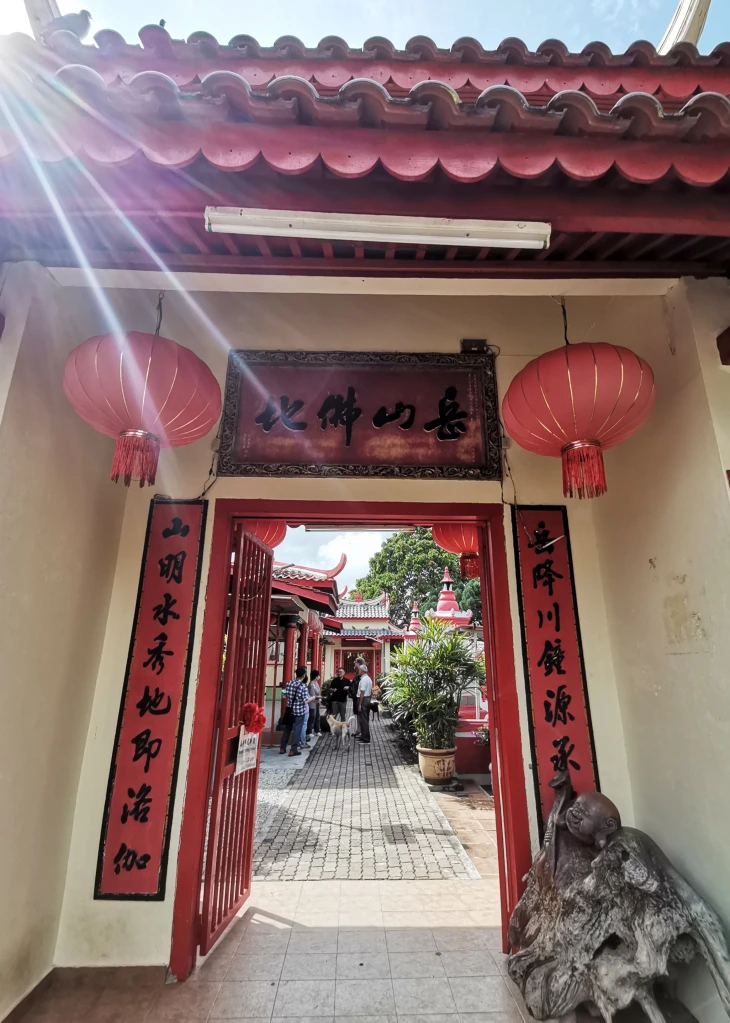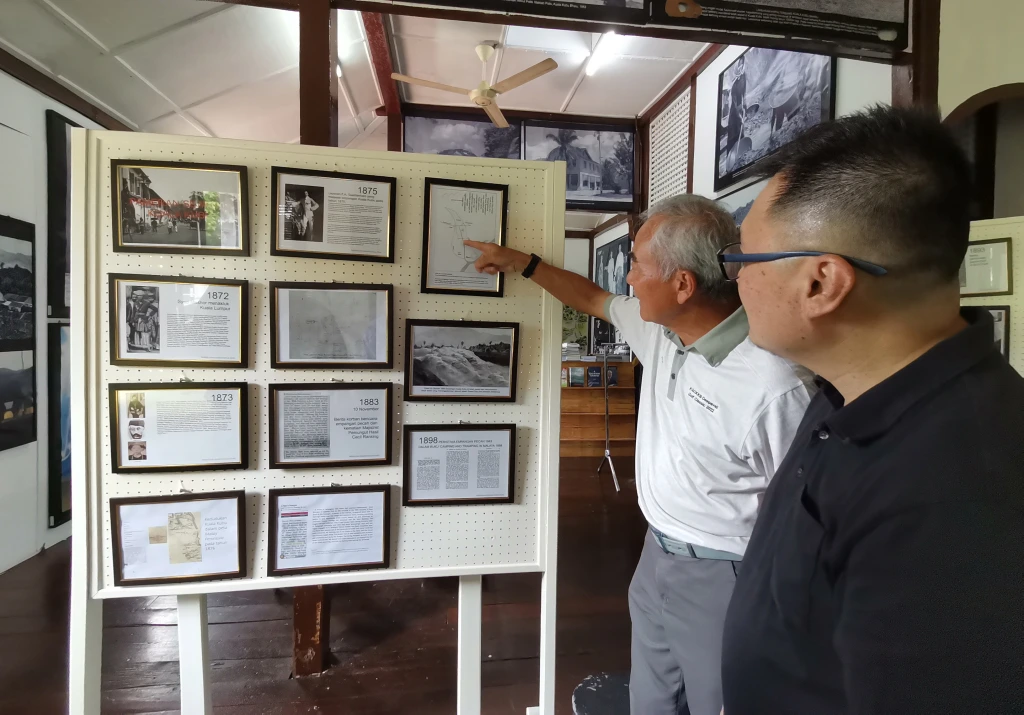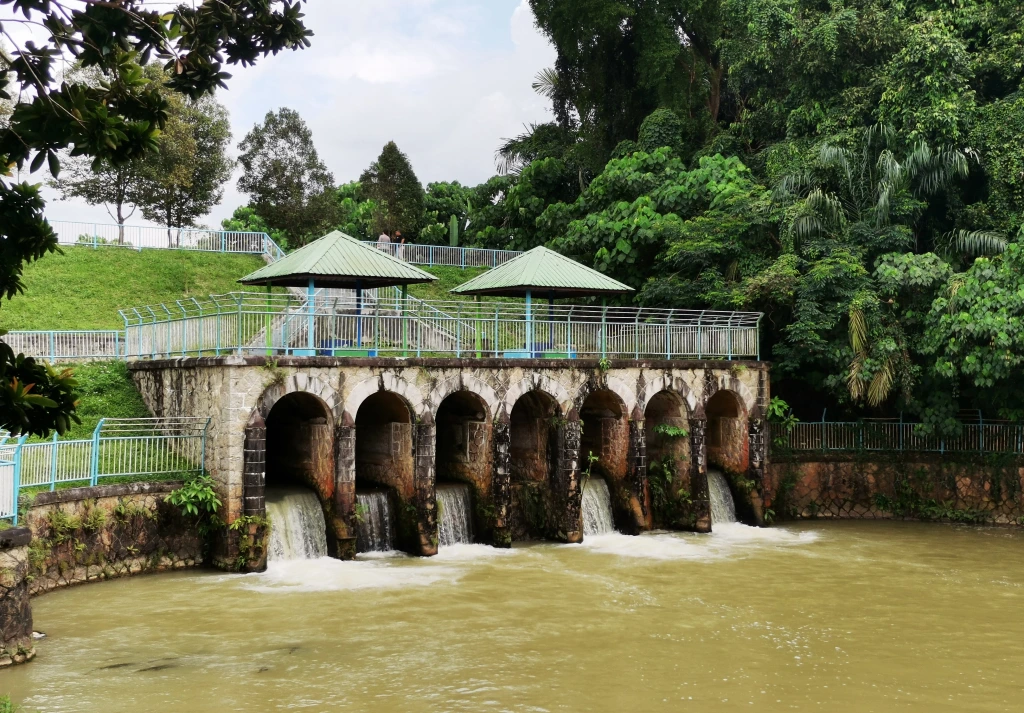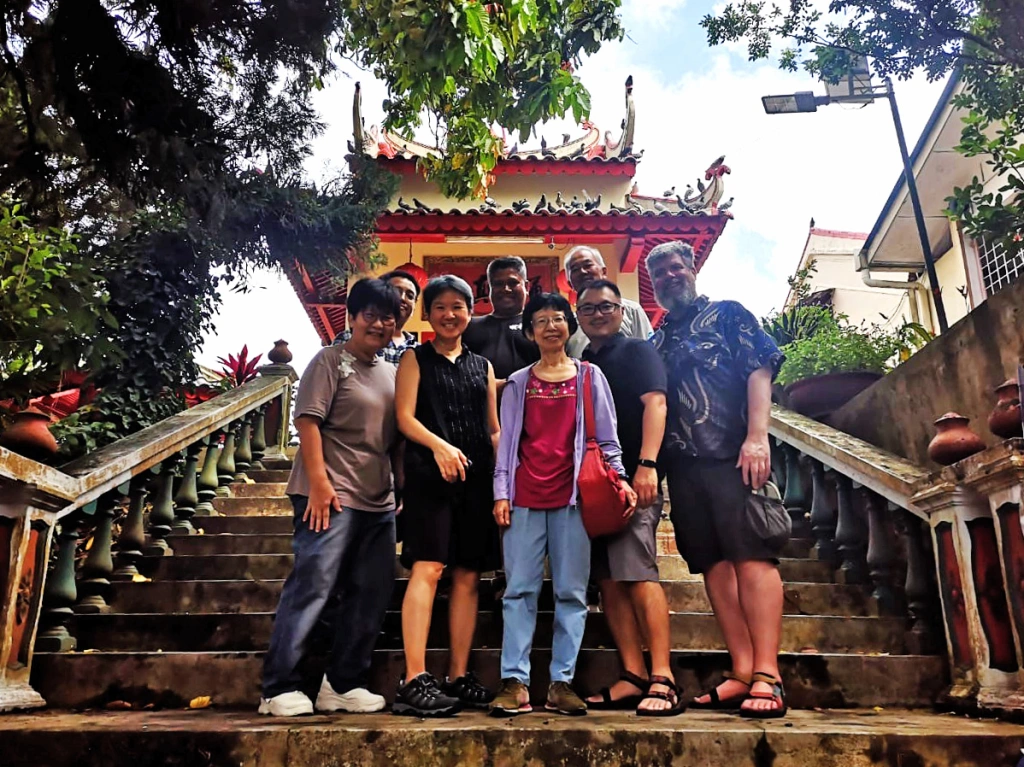Kate Kee
The town of Kuala Kubu Bharu, fondly known as KKB, at the foothills of Fraser’s Hill is a well-known stop-over to many thrill seekers (think white water rafting and paragliding) and nature enthusiasts (jungle trekking, hiking and bird-watching). To the locals, KKB is known by its nickname ‘Kiri Kanan Bukit’, which refers to the hills to the left and right sides of the town.
What many do not realise is that this little town in Hulu Selangor is steeped in history. In fact, Rehman Rashid, author of the book ‘Peninsula: A Story of Malaysia’ paid his personal tribute to KKB in his last book entitled ‘Small Town’. He spent his retirement years as a resident, renting the top floor of a shop lot in the town’s commercial zone. He was so enamoured with KKB that his last request to his brother was, “Kalau saya meninggal, kebumikan saya di Kuala Kubu Bharu” (“When I die, bury me in Kuala Kubu Bharu”) (Berita Harian, June 3, 2017). Adhering to his wish, he was laid to rest in Kuala Kubu Road Muslim Cemetery.
Kuala Kubu Bharu
So, what is so special about KKB? A small group of museum volunteer trainees from Batch 41 set out to learn more about the town’s past one Saturday morning. At first glance, the town with its rows of old shop houses with distinct pre-war façades, and art deco buildings, surrounded by forested hills seems an idyllic little town; one of many dotted throughout Peninsular Malaysia which flourished from tin mining activities. But unknown to many, the current town is the country’s first planned township, designed by Charles Compton Reade, the first government town planner in the Federated Malay States, in 1925. The town is divided into various sections – the commercial, residential as well as administrative zones. To find out more, our small group followed MV volunteer, trainer and our guide for the day, Eric Lim, on the heritage trail.
Our first stop after breakfast was the former Coates Theatre, built in 1953 in art deco style, in the commercial zone. Next our group made our way to the administrative zone which is up on the hill via a staircase which separates it from the commercial zone. Here, we were greeted with a clock tower which was erected to commemorate King George VI’s ascension to the British throne in 1937. Sadly, the clock has long since disappeared and has not been replaced.
Clock tower in honour of King George VI’s ascension to the British throne
Up next, was the former building of the first Anglican Church in the town. During the Japanese occupation, it housed the Kempeitai (military police of the Imperial Japanese Army), and thereafter to this day it is the Hulu Selangor Traffic Police Headquarters. It overlooks a row of shophouses, with two at the corner (with dark blue doors) said to be where communist spies stayed to monitor the police during the Malayan Emergency. Today the shophouses are left abandoned.
Other sites of interest include the Post Office, the Fire Station, the Hulu Selangor District and former Land Office building, and the Church of St. Paul The Apostle. We were informed by Eric that his uncle-in-law was involved in the building of the church which is situated at Jalan Rasathurai.
The Church of St. Paul The Apostle
The town is also home to a nursery of Big-leaf Mahogany parent trees, some believed to be more than 100 years old. The mahogany tree is the official tree for Hulu Selangor.
Time has erased some of the history of the town. Roads which were once named after British personnel such as Davidson Street, Maxwell Street, Stonor Street and Bowen Street have been renamed with local names. Many of the town’s back lanes have been painted with plenty of colourful wall murals, catering to those looking for the perfect Instagram selfie.
Eric (in white shirt) and the group at a back lane filled with murals
Kuala Kubu
After learning about Kuala Kubu Bharu, we wondered about Kuala Kubu. Unbeknownst to many, the current town is the third location of the town of Kuala Kubu. Kuala Kubu, originally situated between two tributaries of the Selangor River, derived its name from a fortress (kubu) built by Raja Mahadi and Syed Mashor to defend the town against Tengku Kudin during the Selangor Civil War (1867-1874) when the warring factions fought for control of the tin trade. In the later years and its heyday, Kuala Kubu was the second largest town in Selangor for tin mining and served as the British colonial administration centre in Ulu Selangor.
Frank Swettenham, who visited Kuala Kubu in 1875 when he was the Assistant Resident, commented about the gigantic dam which was built by the Malays; it was already more than a hundred years old at that time. Disaster struck in 1883 when the dam which was upstream, collapsed, resulting in major floods that destroyed the town. According to legend, the dam broke because Cecil Ranking, the then District Officer of Kuala Kubu, killed the white crocodile which was said to be the spirit guardian of the Selangor River. Hundreds perished including Ranking himself. The place is now known as Ampang Pecah which translates as Broken Dam.
Today, in Ampang Pecah stands the Masjid Lama Al-Hidayah, one of two buildings which survived the catastrophe; the other being a Buddhist temple, the Guan Yin Gu See Temple. The temple, built in 1904, is believed to be the oldest in Kuala Kubu. It was abandoned for decades until it was rebuilt by the town’s residents.
The entrance to the Guan Yin Gu See Temple
The town was relocated and rebuilt downside, but suffered constant flooding due to silting. In 1926, the town suffered a major flood. After the flood it was moved for the third time to higher ground, where the new town aptly named Kuala Kubu Bharu remains to this day. The sunken town lies lost and forgotten beneath the carpark of the Taman Millennium Park.
The Keepers of History
Wrapping the tour, we paid a visit to the KKB Historical Gallery which is housed in a wooden stilted traditional Malay house. On exhibition is a wide collection of black-and-white photographs of the town, newspaper cuttings and news highlighting historical events as well as notable people and residents. Speaking of notable people is Halimahton Abdul Majid from Ulu Selangor, Selangor’s first member of Parliament and the first female member of Parliament in the history of our country. She won a seat in the first Federal Elections of 1955.
Inside KKB Historical Gallery
Other highlights of the tour included a stopover at the old railway station, now an abandoned shack along Kuala Kubu Road, obscured and easy to miss. Train service arrived in 1894 when the final section of the railway track was completed, linking Kuala Kubu to Serendah, Rawang and Kuala Lumpur. Due to the floods, the station was moved to Kuala Kubu Road in 1924. It was later abandoned with the construction of double tracking and a new KTM Komuter station further down the road.
The abandoned old railway station at Kuala Kubu Road
We also stopped in Rasa, another tin mining town, to view the former home of tin miner and businessman Tan Boon Chia. After his death, his sons lived in the mansion. It was said the Japanese Imperial Army seized the mansion for their headquarters during WWII. His sons apparently fled when the Japanese arrived and never returned.
The last stop of the day was the Seven Wells of Serendah, a flood mitigation system comprising a small dam with 7 spillways and sinkholes. The system was introduced by the British to prevent a similar occurrence such as that experienced by Kuala Kubu from happening again.
The spillways at the Seven Wells of Serendah
The group with Eric at Guan Yin Gu See Temple (photo courtesy of Ler Lian Wee)
A big thank you to Eric, for taking us around and sharing the history of the quaint little town of Kuala Kubu Bharu.

